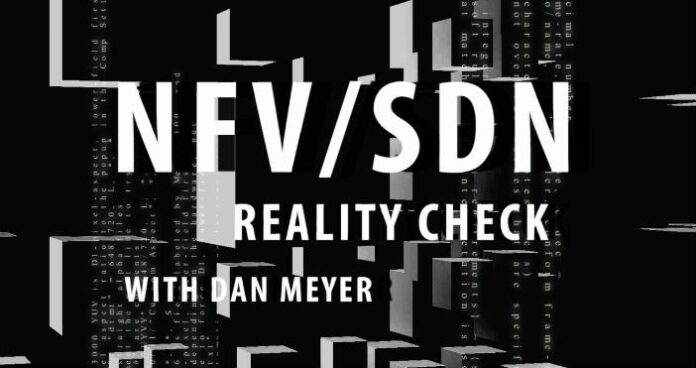On this week’s NFV/SDN Reality Check, we look at some top news items from across the space as well as speak with Gigamon about visibility fabric needed for NFV deployments
On today’s show we have an interview with Andy Huckridge, head of service provider practice at Gigamon on visibility fabric needed for NFV deployments.
But first, let’s take a look at some of the top headlines from across the telecom-related NFV, SDN, cloud and software space from the past week.
The Open Networking Foundation updated its Atrium open SDN solution with support for the Linux Foundation’s OpenDaylight platform. The move is being released under the Atrium 2016/A tag.
ONF said the update builds on the now termed Atrium 2015/A release from last June that used an ONOS platform, now providing support for OpenDaylight into the Atrium router. The equipment is built on the OpenDaylight framework and is said to control OpenFlow hardware switches using Quagga’s open source implementation of the border gateway protocol, which is used for Internet routing. The update also brings along OpenDaylight Device Identification and Driver Module support for work across multiple OpenFlow version 1.3 hardware for Atrium 2015/A’s flow objectives and device drivers.
The Atrium 2016/A solution is said to also include Leaf-Spine Fabric, which is described as the first Layer 2/3 Clos network fabric built using Open Compute Project hardware and can scale up to 16 racks using design principles of Layer 3 down to the top of the rack switch.
The fabric is set for a field trial with a “major operator … as part of the Central Office Rearchitected as Data Center project with ON.Lab.”
Also this week:
Verizon Communications is reportedly set to shut down some of its public cloud operations in favor of its private cloud services.
According to Fortune, customers using Verizon Public Cloud Reserved Performance and Marketplace will see those services shuttered on April 12. Those set to be impacted have reportedly been asked to migrate their content to Verizon’s Virtual Private Cloud platform.
The story cited a Verizon spokesperson who said the shut down impacts “cloud service that accepts credit card payments, but that the company ‘remains committed to delivering a range of cloud services for enterprise and government customers and is making significant investments in its cloud platform in 2016.’”
Reports earlier this year claimed Verizon was looking to raise more than $2.5 billion through the sale of 48 data centers as it continued to monetize non-core assets. The assets included those acquired as part of its $1.4 billion purchase of Terremark Worldwide in 2011, which it said at the time would bolster its cloud service operations.
Thanks for joining us on this week’s NFV/SDN Reality Check. Make sure to check us out again next week when we are scheduled to speak with A10 on DDoS attack security for NFV- and SDN-powered networks.
Bored? Why not follow me on Twitter

